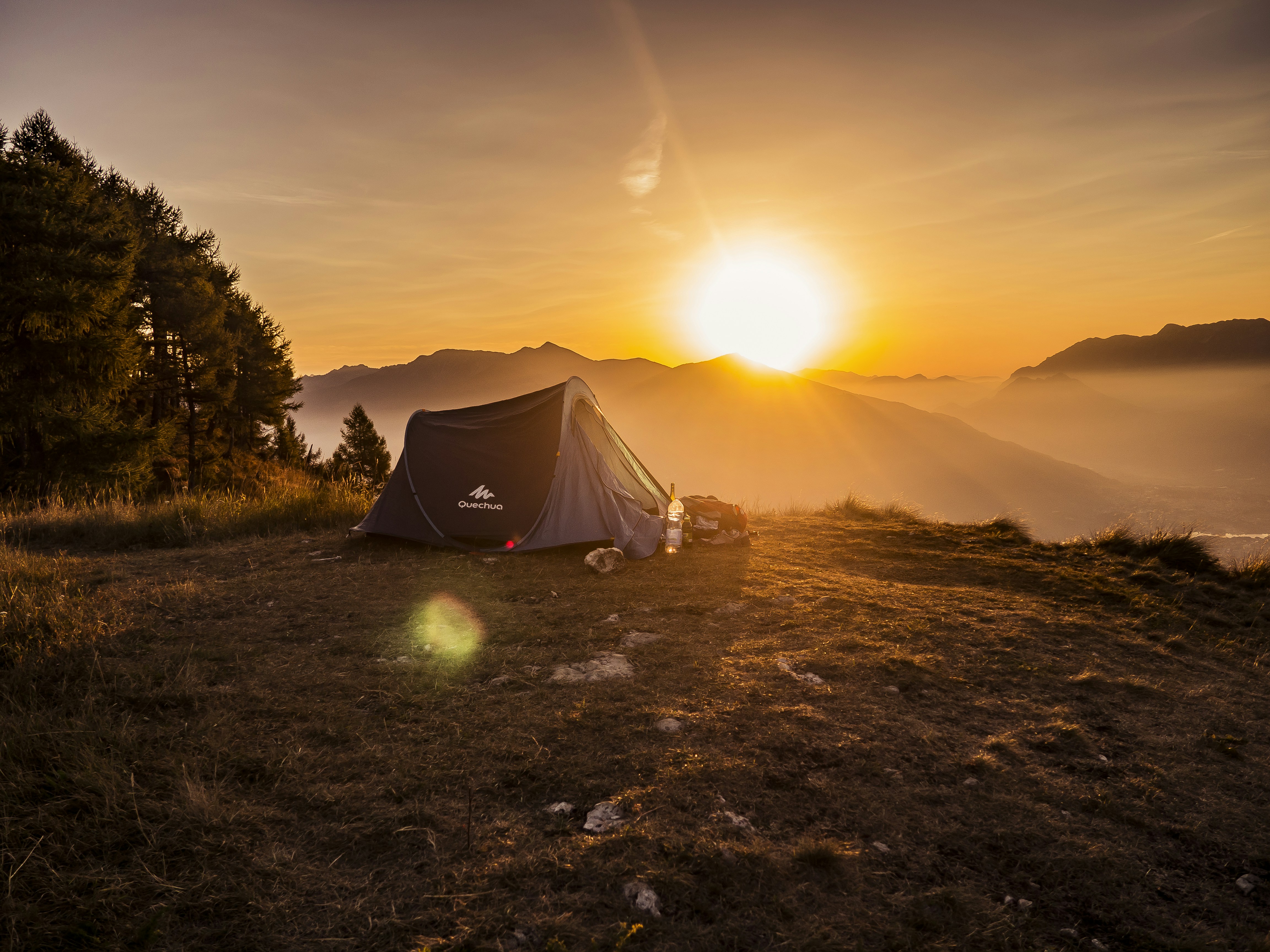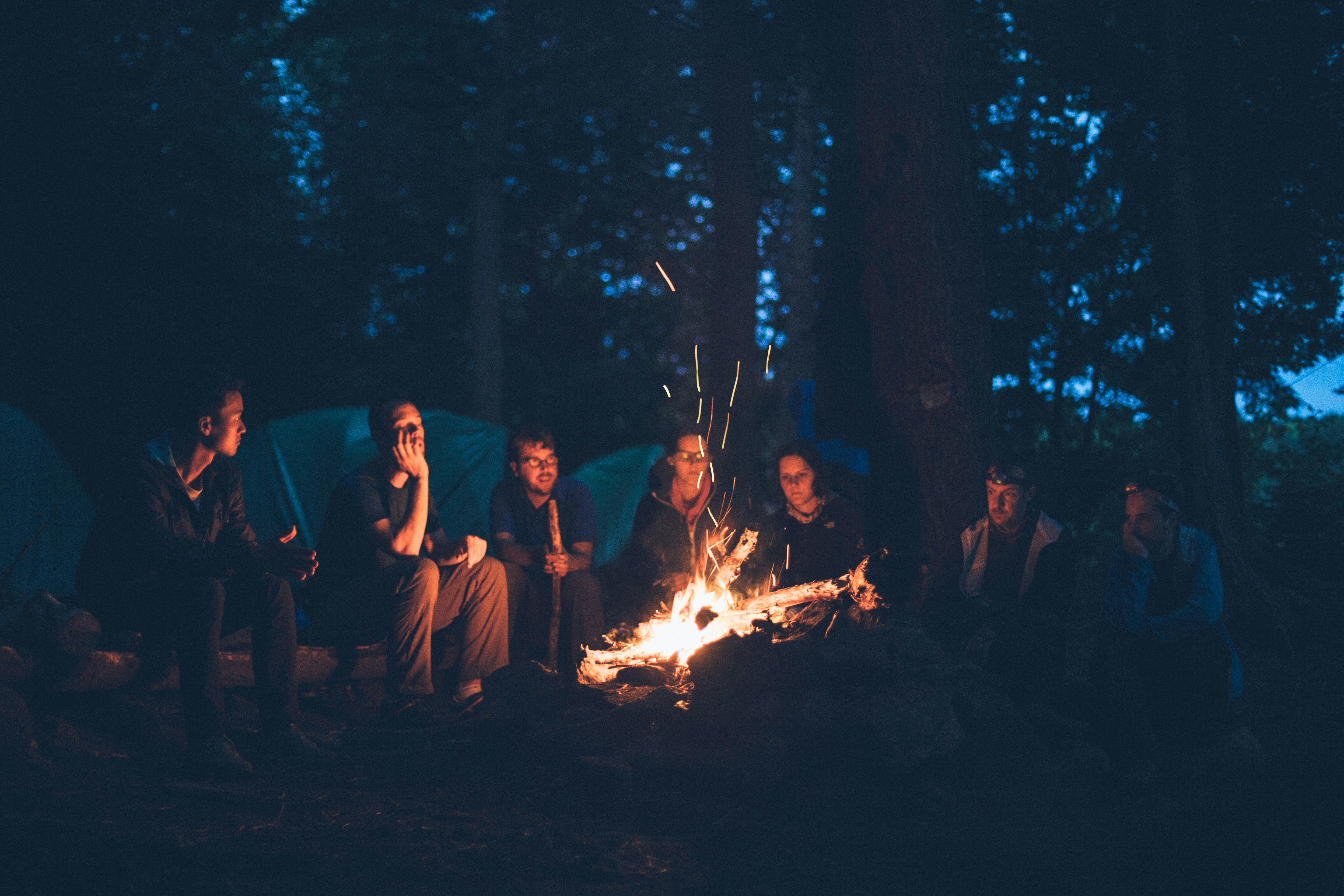Are you tired of relying on pre-packaged meals while camping? Looking to add a touch of homemade charm to your outdoor adventures? Look no further! In this step-by-step guide, we will walk you through the process of crafting your very own homemade camping stove. Whether you’re a seasoned survivalist or a newbie to the great outdoors, this article is designed to help you create a functional and efficient stove that will elevate your camping experience. So gather your tools, unleash your inner DIY enthusiast, and get ready to embark on a fun and rewarding project that will revolutionize your outdoor cooking game. Let’s get started!
Choosing the Right Design
When it comes to choosing the right design for your homemade camping stove, there are a few factors to consider. One of the main benefits of homemade stoves is their versatility and ability to be tailored to your specific needs. Whether you’re a seasoned camper or just starting out, having a stove that suits your requirements is essential.
Benefits of Homemade Stoves
Homemade stoves offer several advantages over commercially available options. First and foremost, they are cost-effective. Building your own stove can save you money in the long run, especially if you plan to use it frequently. Additionally, homemade stoves allow you to customize the design and features to suit your cooking style and preferences. You can choose the size, materials, and fuel source that work best for you. Another benefit is the satisfaction and sense of accomplishment that comes from creating something with your own hands.
Factors to Consider when Choosing a Design
When selecting a design for your homemade camping stove, there are a few factors to keep in mind. Consider the size and weight of the stove, as you’ll want something that is portable and easy to transport. Think about the fuel source you plan to use and ensure the design accommodates it. Additionally, consider the cooking surface and whether it meets your needs, such as having enough space to cook for multiple people. Take into account any safety features or precautions you want to incorporate, such as stability or wind resistance. Lastly, think about the materials you have access to and your skill level in working with them.
Gathering the Materials
Before you can start building your homemade camping stove, you’ll need to gather the necessary materials. Here are two categories of materials you’ll need to consider.
Essential Materials
The essential materials for your homemade stove include items like metal sheets or cans, screws or rivets, and heat-resistant insulation. These materials form the foundation of your stove and provide the structural integrity needed for safe and efficient cooking. Make sure to choose materials that are suitable for high temperatures and can withstand the heat generated by the stove.
Optional Materials
In addition to the essential materials, there are several optional materials you can consider to enhance your stove’s performance and convenience. These might include handles for easy transportation, additional vents for improved airflow, or insulation to optimize fuel efficiency. While not strictly necessary, these optional materials can make a significant difference in the usability and functionality of your homemade camping stove.
Building the Stove Base
The stove base is the foundation on which your entire stove will rest. It provides stability and support for the other components of the stove. Here’s a step-by-step guide on how to build the stove base for your homemade camping stove.
Designing the Base Structure
When designing the base structure, start by determining the size and shape that will best fit your needs. Consider the stability of the base and ensure it can support the weight of the cooking surface and fuel tray. Sketch out your design on paper to visualize the dimensions and proportions.
Cutting and Assembling the Materials
Once you have your design finalized, it’s time to cut and assemble the materials for the base. Use a saw or tin snips to cut the metal sheets or cans to the required size and shape. Make sure to follow all safety precautions and wear protective gloves when handling sharp edges. Assemble the pieces using screws or rivets, ensuring a secure and sturdy base.
Securing the Base
To ensure the base is stable and secure, make sure to attach it to a sturdy surface or ground. This can be done by using screws or stakes to anchor the base. Test the stability of the base by applying pressure and adjusting as necessary. A stable base will be crucial for safe and efficient cooking.
Creating the Combustion Chamber
The combustion chamber is where the magic happens in your homemade camping stove. It’s where the fuel is burned and heat is generated for cooking. Here’s how to create the combustion chamber for your stove.
Selecting the Chamber Material
The chamber material should be able to withstand high temperatures and have good heat conductivity. Common options include metal pipes or cans, which are readily available and can handle the intense heat produced by the stove. Ensure the material is thick enough to provide insulation and prevent heat loss.
Cutting and Shaping the Chamber
Using a saw or tin snips, cut the selected chamber material to the desired length and shape. The size of the chamber will depend on your specific design and cooking needs. Smooth out any rough edges and ensure a snug fit when attaching it to the base.
Attaching the Chamber to the Base
Securely attach the combustion chamber to the base using screws or rivets. This connection should be secure and stable, as it will be subjected to heat and pressure while in use. Test the attachment by gently shaking the stove to ensure it remains securely in place.
Constructing the Fuel Tray
The fuel tray holds the fuel source for your homemade camping stove. It ensures that the fuel is positioned correctly for efficient combustion. Follow these steps to construct the fuel tray.
Determining the Size and Shape
Consider the type of fuel you plan to use and determine the appropriate size and shape for the fuel tray. It should be large enough to hold an ample amount of fuel but not too large that it interferes with the combustion chamber or cooking surface.
Cutting and Assembling the Tray
Cut the metal sheet or can to the desired size for the fuel tray. Use a saw or tin snips to create the necessary shape, making sure to remove any sharp edges. Assemble the tray by bending the metal and securing it with screws or rivets. Double-check that the tray fits securely within the combustion chamber and doesn’t obstruct the airflow vents.
Attaching the Tray to the Chamber
Attach the fuel tray to the combustion chamber using screws or rivets, ensuring a tight and secure connection. Test the stability of the tray by gently shaking the stove. It should remain in place and not interfere with the functioning of the stove.
Adding Airflow Vents
Proper airflow is crucial for efficient combustion and maintaining a constant flame on your homemade camping stove. Here’s how to add airflow vents to your stove.
Determining the Number and Placement
Consider the size of your stove and combustion chamber to determine the appropriate number and placement of airflow vents. This will ensure adequate oxygen supply for the combustion process. Too few vents may result in incomplete fuel combustion, while too many vents can create an uncontrollable flame.
Creating Holes or Slits on the Stove
Using a drill or a sharp instrument, create holes or slits on the side or bottom of the stove to serve as the airflow vents. Ensure the size of the holes or slits allows for sufficient oxygen flow but doesn’t compromise the overall stability and integrity of the stove. Smooth out any sharp edges to prevent injury.
Securing the Vents
To secure the vents, consider adding mesh screens or wire grates over the holes or slits. This will prevent debris from clogging the vents while still allowing for sufficient airflow. Ensure the screens or grates are securely attached to the stove, as they will be exposed to heat and pressure.
Preparing the Fuel Source
The fuel source you choose for your homemade camping stove will largely depend on your preferences and availability. Here are a few options and considerations for preparing the fuel for use.
Types of Fuel for Homemade Stoves
Common fuel options for homemade stoves include wood, charcoal, alcohol, and solid fuel tablets. Each fuel type has its pros and cons in terms of availability, cost, and burn time. Consider the specific requirements of your stove design and choose a fuel source that aligns with those needs.
Preparing the Fuel for Use
Depending on the fuel type, you may need to prepare it before using it in your stove. For wood, you may need to gather and chop suitable firewood into small, easily ignitable pieces. Charcoal may require lighting and allowing it to burn until it reaches a hot, glowing state. Alcohol and solid fuel tablets are typically pre-packaged and ready to use.
Safe Storage and Handling
Ensure safe storage and handling of your chosen fuel source. Keep flammable materials away from the stove and store the fuel in a cool, dry place. Follow all safety guidelines and precautions provided by the manufacturer or relevant authorities. Always exercise caution when handling open flames and heat.
Testing and Adjusting the Stove
Before you embark on your camping trip, it’s crucial to test and adjust your homemade camping stove to ensure it functions properly. Follow these steps to test and make necessary adjustments.
Initial Testing and Troubleshooting
Test your stove in a well-ventilated area, preferably outdoors, away from flammable materials. Light the stove following the fuel manufacturer’s instructions. Observe the flame, airflow, and overall performance. Look out for any issues, such as uneven heat distribution, inadequate airflow, or unstable flames. Troubleshoot and adjust as needed.
Adjusting Airflow and Fuel Intake
If you notice any issues with the airflow or fuel intake, make the necessary adjustments. This could involve enlarging or relocating airflow vents, modifying the fuel tray, or switching to a different fuel source. Experiment with different settings and observe the effects on heat output, fuel efficiency, and ease of use.
Ensuring Safety Measures
Throughout the testing and adjustment process, prioritize safety. Ensure all connections are secure, and there is no risk of the stove tipping or collapsing. Follow safety guidelines, such as never leaving the stove unattended and keeping a fire extinguisher or water source nearby.
Enhancements and Personalization
Once you have a functional homemade camping stove, there are several enhancements and personal touches you can consider adding. These can improve efficiency, convenience, and overall enjoyment of your camping experience.
Optimizing Efficiency with Insulation
Consider adding insulation to your stove to maximize fuel efficiency and heat retention. This could involve using heat-resistant materials or reflective surfaces to trap and redirect heat towards the cooking surface. Experiment with different insulation techniques and materials to find what works best for your stove design.
Adding Wind Shields
When camping in windy conditions, wind shields can be a valuable addition to your homemade camping stove. They protect the flame from being extinguished and help maintain a steady heat output. Create wind shields using materials like metal sheets or heat-resistant fabric, ensuring they are positioned correctly and securely attached to the stove.
Decorating and Customizing the Stove
Let your creativity shine by decorating and customizing your homemade camping stove. Consider painting the exterior with heat-resistant paint or adding decorative touches that reflect your personal style. Just be mindful of using non-toxic materials and ensuring that any decorations do not interfere with the stove’s functionality or safety.
Maintenance and Care
To ensure your homemade camping stove lasts for many camping trips to come, it’s important to perform regular maintenance and care. Here are a few tips to keep your stove in optimal condition.
Cleaning the Stove
After each use, clean the stove thoroughly to remove any leftover fuel, debris, or food particles. Use mild soap and water or a specialized stove cleaner, following the manufacturer’s instructions. Ensure all components are dry before storing to prevent rust or corrosion.
Replacing Worn-out Parts
Over time, certain parts of your homemade camping stove may wear out or become damaged. Regularly inspect the stove for any signs of deterioration and replace any worn-out parts promptly. This may include fuel trays, airflow vents, or insulation materials. Keeping your stove in good repair will ensure its safe and efficient operation.
Storage and Longevity Tips
When not in use, store your homemade camping stove in a dry and well-ventilated area. Avoid exposing it to extreme temperatures or direct sunlight for prolonged periods, as this can degrade the materials. Consider disassembling the stove if it won’t be used for an extended period to save space and protect it from potential damage.
In conclusion, crafting your own homemade camping stove can be a rewarding and practical endeavor. By carefully choosing the right design, gathering the necessary materials, and following the step-by-step guide, you can create a stove that suits your camping needs. Whether you’re a seasoned camper or new to the outdoors, a homemade camping stove offers flexibility, customization, and cost savings. With proper maintenance and care, your homemade camping stove can become a reliable companion on your camping adventures. So why not embark on this DIY project and start enjoying the convenience and satisfaction of cooking with your very own homemade camping stove?










